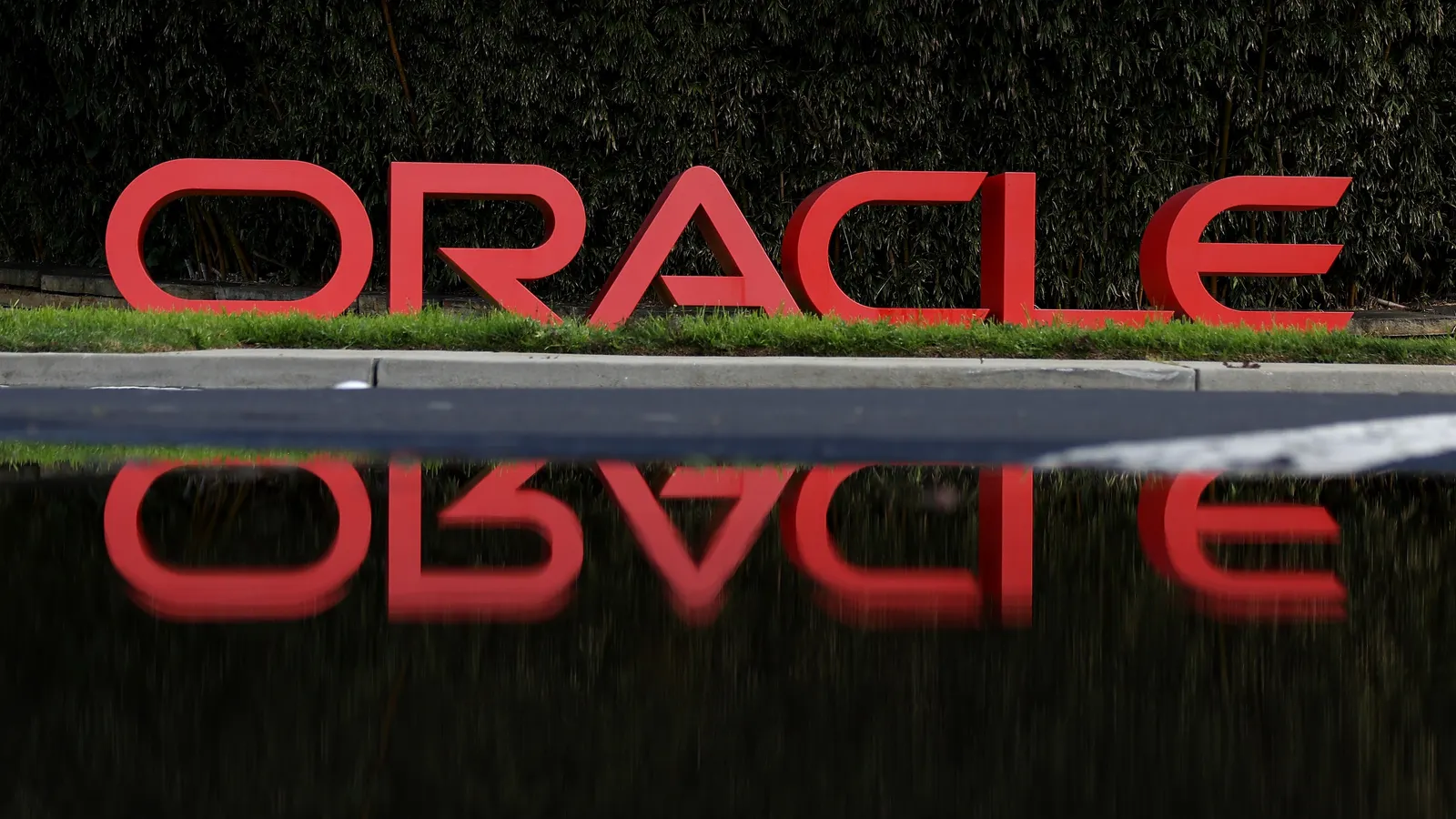 Arnaud Rosier, CEO of Implicity
Arnaud Rosier, CEO of Implicity
As healthcare continues its shift toward value-based, patient-centered care, remote monitoring (RM) has become a cornerstone in the management of chronic cardiac conditions. For patients with implantable cardioverter-defibrillators (ICDs) and cardiac resynchronization therapy devices (CRT-Ds), real-time data collection enables earlier interventions—helping reduce hospitalizations, improve survival, and enhance quality of life.
But while the clinical value of RM is clear, its practical implementation has been fragmented. Traditionally, RM has been dominated by proprietary platforms tied to specific device manufacturers. These systems offer deep device-level integration but often operate in technological silos. Data are frequently non-standardized, presented in disparate formats, and sometimes locked within closed ecosystems—making it harder for care teams to respond efficiently to patient needs and coordinate across teams or systems.
The limitations of this approach have become more visible as health systems pursue tighter integration, interoperability, and proactive care models. Increasingly, attention is turning to vendor-neutral, third-party platforms that can consolidate data across different cardiac device brands. These independent systems are designed to work across technologies and vendors, offering not only more streamlined workflows but also critical opportunities for more personalized follow-up and clinical decision-making.
A pivotal large-scale study recently published in Heart Rhythm, the EVIDENCE-RM study, underscores the transformative potential of this model. Drawing on data from more than 69,000 patients in the French National Health Data System (SNDS), the study compared outcomes between patients monitored through an independent, alert-based platform and those followed using traditional, manufacturer-aligned systems.
The findings were striking: patients managed through the independent platform experienced a 26% reduction in all-cause mortality. Hospital admissions, including those related to heart failure, were also significantly lower, and costs were cut by nearly 18%. These results are especially meaningful given the complexity of care associated with ICD and CRT-D patients, many of whom live with advanced heart failure and are at high risk for sudden cardiac events or repeated hospital visits.
Remote monitoring offers a clear clinical advantage: it allows clinicians to detect signs of deterioration earlier and intervene more effectively. But when RM is fragmented across different proprietary systems, its potential can be diluted. Each manufacturer’s platform uses its own configuration, terminology, and data visualization tools—forcing clinicians to navigate a patchwork of dashboards, alerts, and workflows. This adds unnecessary cognitive load and increases the risk of missed or delayed interventions.
In contrast, third-party RM systems bring standardization and interoperability to the forefront. By consolidating device data across multiple vendors into a single platform, these systems offer a unified view that can be integrated directly into electronic health records (EHRs) and clinical workflows. This reduces administrative complexity and allows clinicians to focus more on care delivery rather than platform management.
More importantly, these systems open the door to personalized, intelligent follow-up. Rather than issuing generic alerts, advanced RM platforms can leverage AI-supported algorithms to analyze vast volumes of longitudinal data. They can identify patient-specific trends, detect subtle patterns of clinical deterioration, and prioritize alerts based on urgency and context. This enables care teams to intervene earlier—and more accurately—based on each patient’s unique health trajectory.
The platform used in the EVIDENCE-RM study exemplifies this approach. By aligning with interoperability standards such as Fast Healthcare Interoperability Resources (FHIR), it integrates smoothly into existing care ecosystems. It prioritizes alerts by clinical relevance, filters out noise, and provides contextual decision support—allowing for smarter, more patient-tailored decisions. Rather than adding to the burden of monitoring, it empowers providers to deliver the right care at the right time.
This shift is particularly relevant in today’s healthcare environment. Clinicians face increasing demands, resource constraints, and growing patient populations with chronic conditions. The ability to streamline RM workflows while enhancing clinical accuracy can reduce burnout, accelerate training, and improve consistency across institutions.
Furthermore, the adoption of vendor-neutral platforms supports equity in care. Patients in rural or underserved areas—who may be treated in systems with fewer resources or less brand-specific expertise—can benefit from consistent monitoring protocols and access to the same high-quality, data-driven insights as those in major urban centers.
While the EVIDENCE-RM study is observational, its implications are far-reaching. It suggests that how RM is delivered—through what platform, with what degree of integration and intelligence—can have a measurable impact on patient outcomes. It moves the conversation beyond device capabilities and into system design, care coordination, and personalization.
In this light, remote monitoring is no longer just a technical adjunct to cardiac care. It’s becoming a strategic enabler of precision medicine, a tool for turning data into action, and a vehicle for scaling better outcomes across populations. By prioritizing platforms that unify, contextualize, and personalize patient data, health systems can take an essential step toward more responsive, accurate, and equitable care delivery.
As healthcare becomes increasingly digital and data-driven, independent RM platforms offer a global benefit for patients, medical teams and healthcare systems.
About Dr. Arnaud Rosier
Dr. Arnaud Rosier is an electrophysiologist with a PhD in health informatics. He founded Implicity in 2016 to fully optimize remote monitoring and improve patient care outcomes. With 15 years of experience in cardiac electrophysiology and 12 years in AI and knowledge engineering applied to health, Arnaud is the author of numerous international publications in peer-reviewed journals. He is also an angel investor in digital health startups including Cardiologs, Lifen, and Ambuliz. Arnaud is the Co-Founder and CEO of Implicity.













 Bengali (Bangladesh) ·
Bengali (Bangladesh) ·  English (United States) ·
English (United States) ·